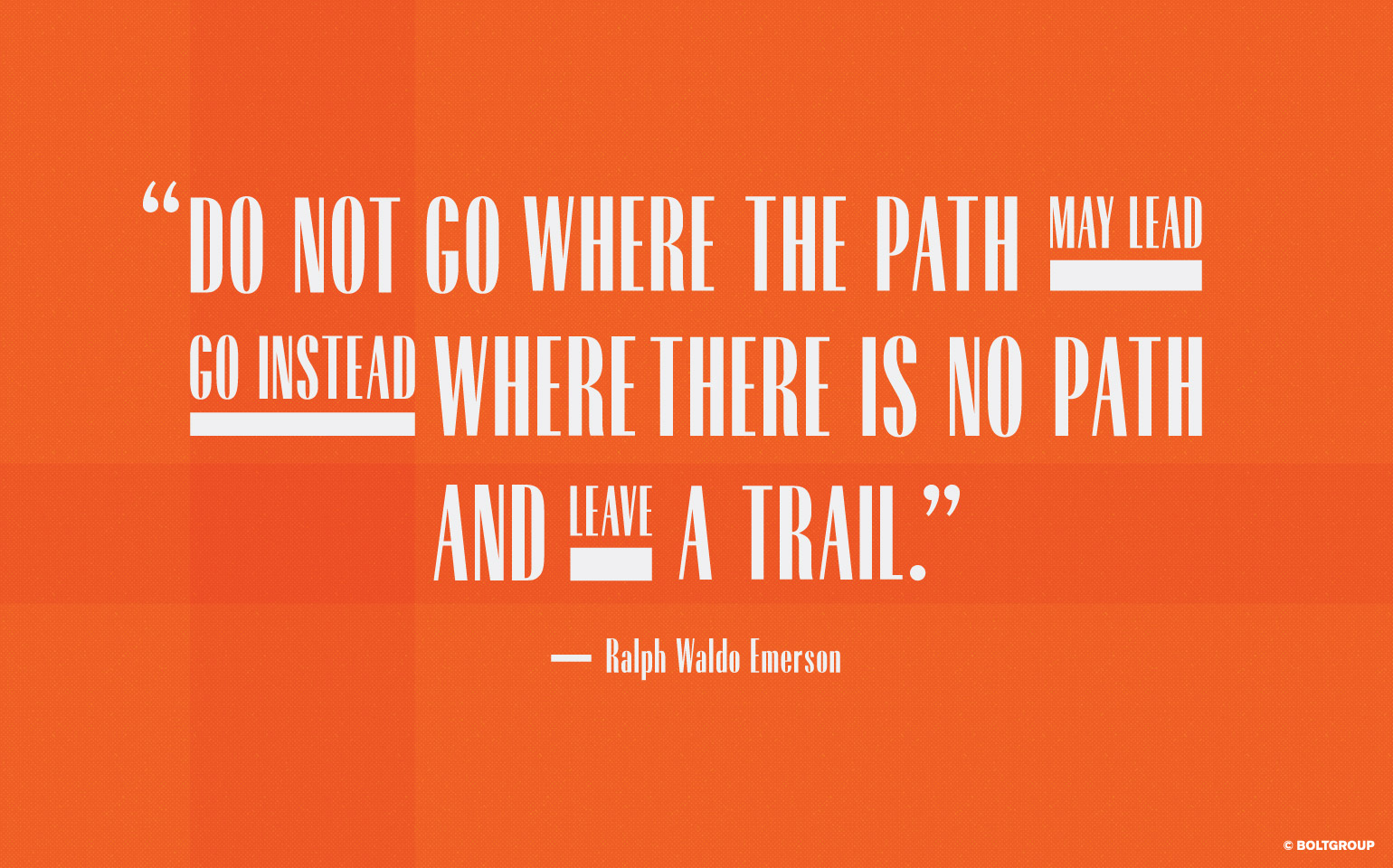If you Google Types of Brand Strategy, you’ll be faced with countless illustrations of corporate brand structures / architectures, blog links promising the definitive guide to the five, or seven, or however many different types of brand strategy there are—depending on the author and the date the blog was written—and of course, Wikipedia. I clicked on one link—18 types of brand—only to find that the actual blog had been updated to 21 types of brand.
Names of strategies you will encounter are: House of Brands … Multi-Brand … Branded House … Private Brand … Co-Brand … Product Brand … Product Line Brand … Product Range Brand, etc. And they are all legitimate if you are the type and size of company that warrants their consideration.
However, if you are a mid- to upper-mid-size product manufacturer (the focus of this article), and you sort through all the brand strategies, most are not pertinent to you.
In a random database search of 100 mid-size, durable product manufacturers in the US, we found the predominant brand strategy was Multi-Product (75%) e.g., a John Deere or Kobalt strategy—many products or lines of products under one brand name. A distant second was Multi-Brand (17%)—like Procter & Gamble, a variety of stand-alone brands under a somewhat invisible corporate umbrella. And finally, bringing up the rear, the Hybrid (8%), such as Electrolux—marketing their own name brand, but owning and operating other brands in the same or similar categories—Electrolux, AEG, Eureka, Frigidaire, Gibson Appliance, Kelvinator, and the list continues.
So, for the sake of this article we’re going to assume you have one of these overarching brand structures, and that it already makes sense for your business and channels of distribution, and does not cause confusion or disorientate your customers and end users.
The big question then becomes: What is Your Brand’s Strategy?
I’m referring to the right now strategy. The set of directional imperatives in sync with your business goals that are the guide and filter for everything your brand does. That are the how, what, where, when, and why your brand does them. That work to create value for you and your customers. Today. Tomorrow. And into the future.
If you have this clearly stated and documented, and everyone from sales and marketing, HR and PR, product development and engineering, operations, customer service, finance and legal is singing the same tune—then great! You are rare and to be congratulated.
If not, here is a template of six essential tools you can use to create your brand’s strategy:
1) Brand Purpose—Why does your brand exist? Specifically, in respect to the positive difference it aims to make in people’s lives. What does it seek to achieve day-to-day in your competitive marketplace? This raison d’être will not only help you paint the vision of your future, but also help imbue your business and employees with an understanding of why they come to work each day, to diligently strive for the brighter future your brand seeks to create for them and your customers.
2) Brand Pillars—What are the three or four clear attributes or elements that, when combined, make your brand distinct, important, and secure? These are the compelling truths of your brand, describing the core beliefs, values, and culture that create the foundation of your brand. And, as will be discussed later, each of these should be present in every touchpoint of your brand, with both internal and external audiences.
3) Brand Position—There are many definitions of brand positioning, but by answering this simple question, you will get very close to defining where your brand should stand in your competitive marketplace. What is the unique place of value our brand seeks to own in our customer’s mind and heart?
Once you answer this, test it by asking whether your position is: Unique, Ownable, Desirable, Believable, Defensible, and Sustainable. If it is, then you’re on track. If it isn’t, keep at it.


